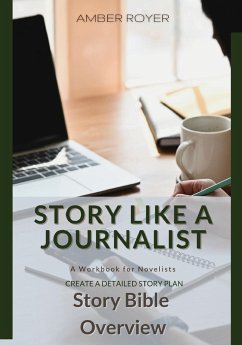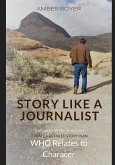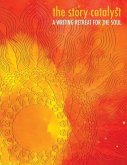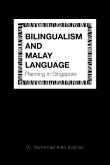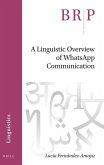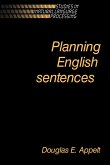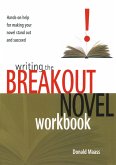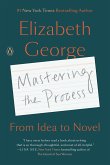Want to write novels that feel real enough to the reader to have been ripped from the headlines, whatever your genre? Think like a journalist. Journalists consult sources and reference materials to find realistic detail for their stories. But if you're a novelist - you have to build the reference source for your story world from scratch. Which is why you need to start setting rules and parameters with a STORY BIBLE OVERVIEW. > In this textbook/workbook you will learn how to apply lessons from the journalism world to fiction writing. You will apply the 5-Ws and H to the building blocks of the novel, in order to create a Story Bible. This workbook serves as a full self-paced writing course, presenting theory on lessons writers learn in journalism classes - and then offering step-by-step worksheets that allow you to apply what you just learned to your fiction. The instructional material is designed to give you a basic foundation in creative writing theory regarding shaping a story so that you understand how to sift through facts and possibilities to create fiction with meaning using the information you add into the worksheets. Working through the entire Story Bible Overviewb workbook will give you a bird's-eye view of your project, and let you document the basic shape of it to pull from while writing. In short, you get a reference source for your world - and the expertise on how to use it. Approach uncovering character the same way a journalist approaches an assignment. Delve into the world of the journalist, and consider how to write clear, vivid prose that respects your characters, even while challenging them or forcing them to make difficult choices using worksheets to consider everything from which characters will have the most agency to how different characters' language will be structured. ¿ Generate ideas. Determine the best way to approach the story with worksheets on ledes, angle, language use, point of view, and the basic rules of your world. Decide which promises to the reader you will make in your opening chapters. Create master lists to start keeping track of named characters and other named places/items in your story world. Log your real-world research. NOTE: The e-book version of this workbook links to printable versions of the worksheets. The page count is therefore different than the print book. Hemmingway worked as a newspaper journalist before he became a fiction writer. E.B. White did a stint at the New Yorker. L.M. Montgomery was a reporter in Halifax before tackling Anne of Green Gables. Margaret Mitchell got her start as a reporter for the Atlanta Journal Sunday Magazine. What these writers have in common: an excellent sense of character, and the ability to write clean prose that clearly puts forwards the characters' goals and motivations. This ability may well come from having mastered the journalistic art, which emphasizes creating a sound story that balances logic, research and emotional authenticity.<
Hinweis: Dieser Artikel kann nur an eine deutsche Lieferadresse ausgeliefert werden.
Hinweis: Dieser Artikel kann nur an eine deutsche Lieferadresse ausgeliefert werden.

